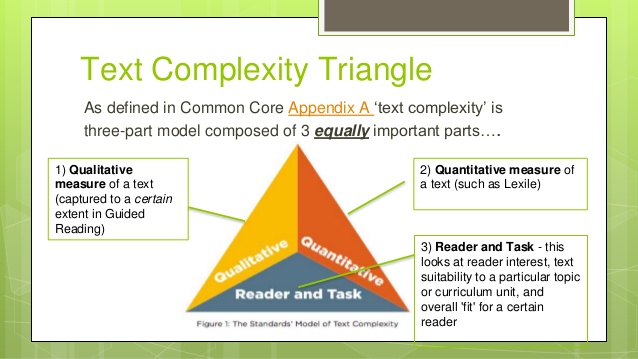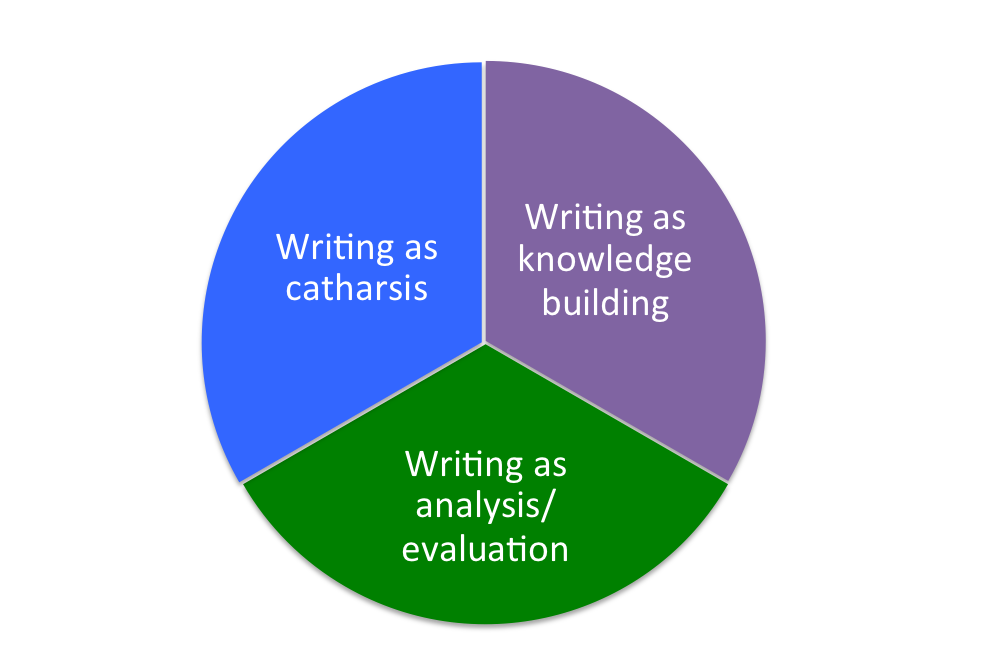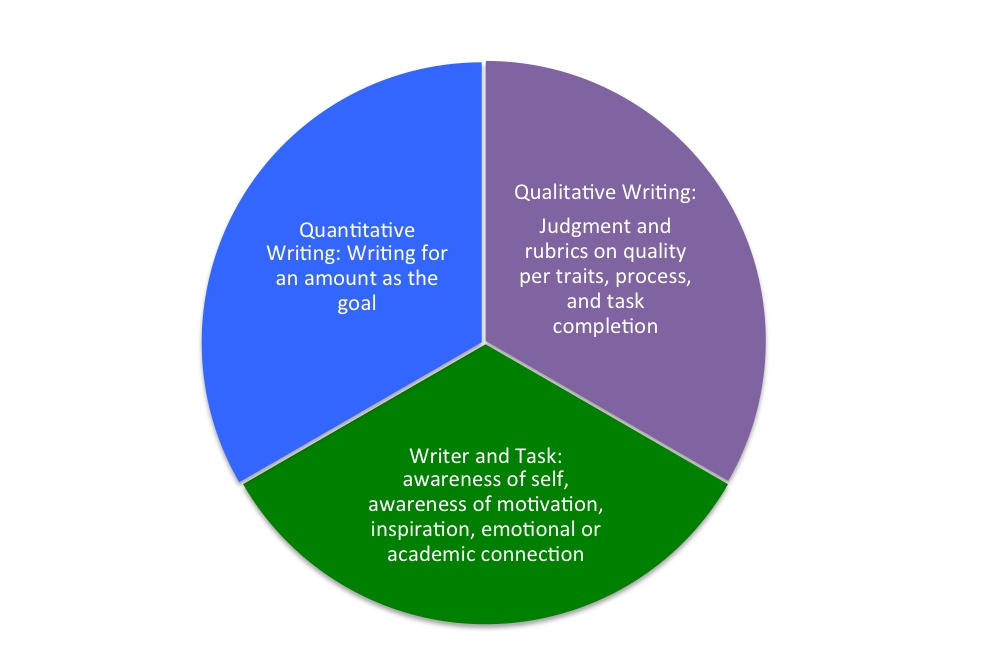Recently a post on social media got to me to thinking: (well, overthinking? *shrug*)

After a thread and reflection, I am trying to answer some questions:
- Does context play a role in teaching (anymore)?
- Just about “everything” can be “Googled” – how do we navigate and help students find the correct information?
- What is the nature of teaching with abundant access to information and misinformation?
A post from the New York Times, “In an Era of Fake News, Teaching Students to Parse Fact from Fiction” discusses the challenges of teaching context.
One can, indeed, Google context about a topic. How deep down the rabbit hole should we go?
I get the statement: it’s intended to be for Depth of Knowledge Level One Yes/No kinds of questions, Costas’ level one knowledge, bottom rung of Bloom’s. However — these days the strata of misinformation abounds, and even yes/no questions can result in horrific results. And these days, it is life and death.
I needed my help from my friend Sharon to help ME get some context for this post, and she came to the rescue:

I tried a little experiment, suggested by my husband. I Googled “What are vaccines?” and “Are vaccines good for you?” both level one questions that should result in facts or a yes/no.
Here is what I got with this first search statement:
(Note: most results are sound.)

Here is with search terms my husband tried:
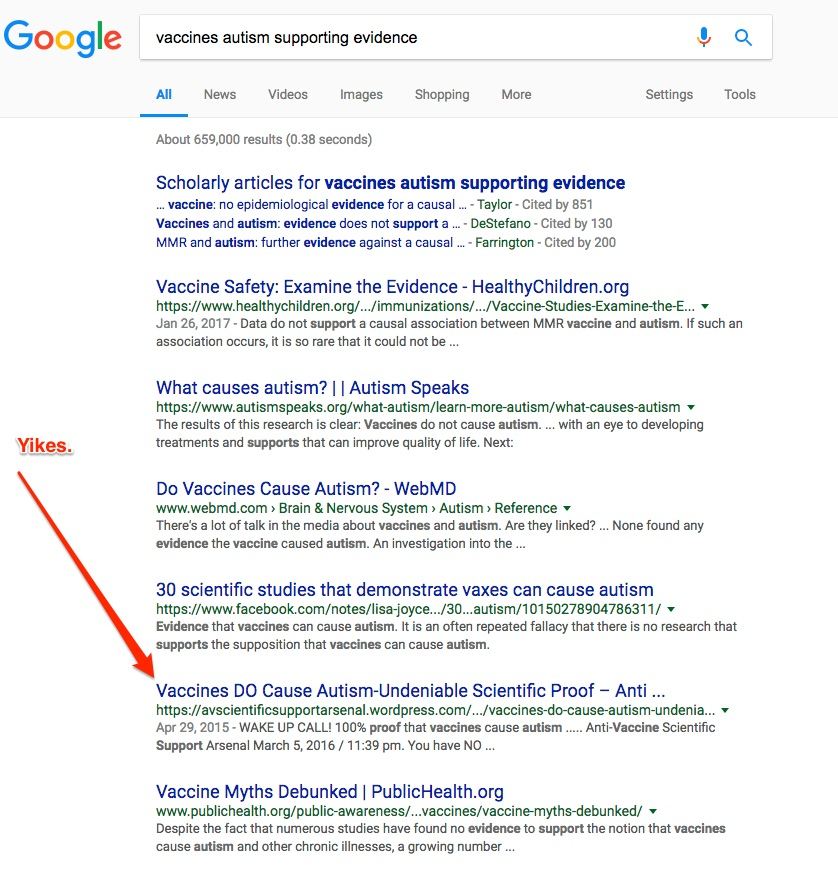
Questions, even with yes or no answers, can be inherently biased. People seek the answers their cognitive dissonance and biases want. “Google” Benghazi, Alex Jones, Pizzagate, etc. Heck, look up “president handshakes.” No, never mind. Don’t.
Google does its best to filter and promote factual information with its complicated algorithms and data. But Fake News is a violent, dangerous issue. I wish we could go back a decade at least when we could, with reasonable critical thinking skills, discern fact from opinion/fiction.
Here is something Sharon and I can fix, so look for a Part II. In the meantime
- Use DOK questions first to create an understanding and close reading of Google results. That way, when students are told to “Google it,” they must come away with a minimum of three credible sources.
- Close Reading:
- Look at top searches
- Look at the date published
- Look at the publisher and media format: is it a credible news source? Blog? Credible Youtube channel or ‘just some dude?’
- Look at links and pingbacks
- Know how search engines work
- Close Reading:
- Tap into the best Social Studies teachers you know — make sure any lesson on search engines include conversations about primary, secondary, and tertiary documentation and artifacts.
- Call upon the best ELA teachers you know to discuss point of view, perspective, fact, opinion, and truth
- Call upon the best Science teachers you know to help promote scientific research and how bias creeps in.
- Call upon your best Math teachers to discuss proving factual knowledge and a variety of algorithmic paths.
- Oh, and never forget Electives, PE & Health to talk about false and factual information that spreads on the internet. The arts and the curated effect of beautiful and lasting resources on the Internet for one and all.
So yes, don’t spend a lot of time teaching if it can be Googled. But teaching how Google works is teaching time well spent.
Oh, and I found this, and of course, can find its origins:
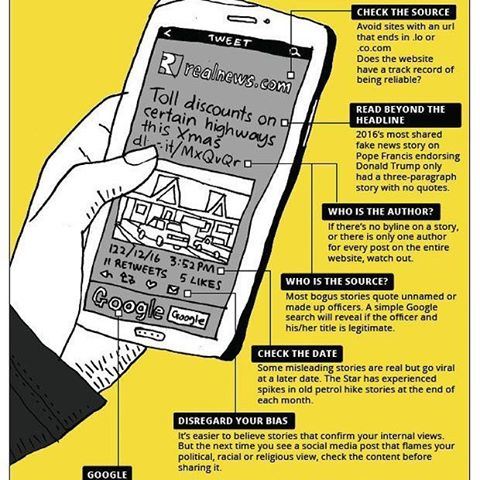
But don’t stop the nerd love:

